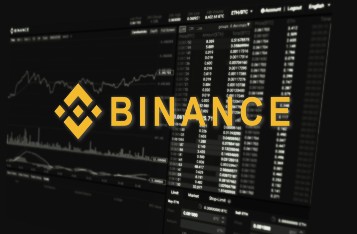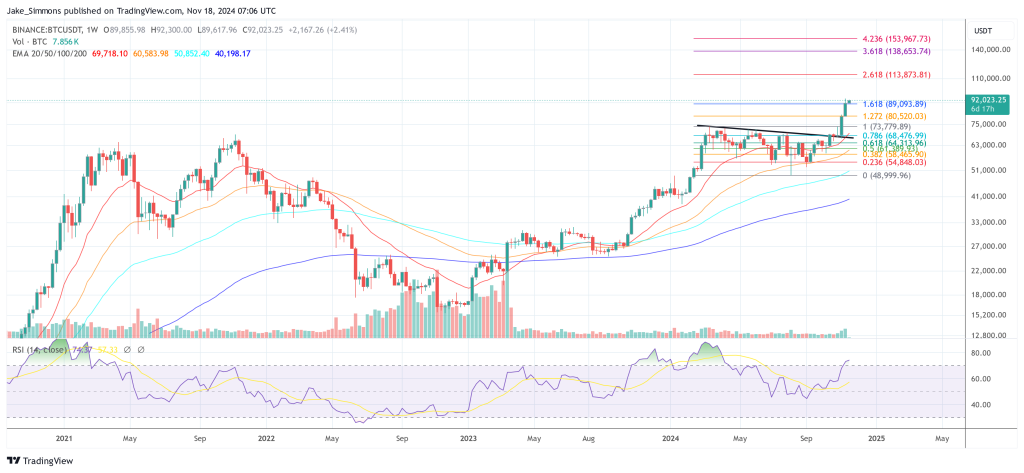TLDR at the bottom
In the past few years, there has been a clear modular theory in put out, by blockchains like Cosmos, Avalanche and Polkadot. These chains started out with the thesis that there won’t just be one or two chains to rule them all. The app-chain thesis, formulated that there would be hundreds if not thousands of chains. These chains could be fully sovereign, like in the Cosmos ecosystem, or they could have some levels of sovereignty with shared security like in Polkadot or Avalanche. However, with the modular evolution going on in the Ethereum Ecosystem, it seems that the endgame vision for Ethereum is evolving fast and it has some key differences in contrast to the 3 examples of modular blockchains included above.
This isn’t an extensive analysis on the various modular stacks being built around Ethereum, but I do have a few important topics I want to cover here;
- EigenLayer
- POL (previously MATIC) subnet scaling
- OP stack
Eigen Layer:
In the Eigen Layer model, an Ethereum validator will be able to opt-in to validating a new blockchain, utilizing the stake they ready have locked in their mainnet Ethereum stake. This process is called Restaking. The act of restaking, your stake, towards a new blockchain.
When these Validators opt-in, they have to spin up a new node running the specific code of the new blockchain, as well as the Eigen Layer smart contract on both chains. This new node, will communicate with the Eigen Layer contract, about the parameters required for the Validator to run this new node, as well as the slashing conditions for this new chain.
If a blockchain finds a Validator performing a malicious act, such as a double sign, for example, this blockchain will send a message to the smart contract on its chain, which will relay a message to the Ethereum mainnet contract, which will then unbond the Ethereum stake, slash the stake and send the remaining stake, to the validators receiving address.
This slashing mechanism, provided by the Eigen Layer smart contract, acts as a mechanism to keep the validator honest while validating the new Blockchain. It also means that Validators that opt-in to validate new chains, will likely find various new forms of revenue coming from chains seeking Ethereum’s economic Security.
Polygon: SubNet Security
Polygon recently went through a rebranding, from MATIC to POL. This rebranding, also comes with a renewed architecture for the chain itself. One of the major new features for Polygon, will be the ability for Polygon Validators to run new nodes, to secure subnets. In fact, this is extremely similar to EigenLayer, or Interchain Security V2, on the Cosmos Hub, if you’re familiar with that.
Basically, it’ll go like this. A Validator will have the option to to opt-in or out of running a new node, with this node running the operations of a new blockchain or SubNet. In order for this SubNet to be ran in a trustworthy manner, this Validator will have its stake, at risk of being slashed, if it performs a malicious operation on the SubNet. In return for the slashing risk, the validator will earn fees from the chains it validates.
So how does this differ EigenLayer? Well, EigenLayer lives on Ethereum as a smart contract, rather than at the base level. Polygons SubNet security, will live at the base level, so there are less smart contract risks and more trust that a slashing event will occur, in the event of a malicious event by a validator. This is an important differentiator between these two architectures.
The OP Stack
The OP stack operated quite different from the other two names on here. Optimism seeks to create a stack for encouraging new Rollups to be built, rather than sovereign or semi-sovereign blockchains. The difference here, is a rollup has different security guarantees than a separate blockchain that is utilizing slashing to ensure trust. Rather, Rollups do their own full validation, completely off chain, but they send batches of transactions onto Ethereum, to guarantee that these transactions will remain ordered in an immutable manner. Essentially, making Ethereum the ultimate source of the Rollups truth.
The stack, that Optimism seeks to utilize, is a stack for creating these Rollups. Basically, there will be a way to build a rollup, out of the box. The only question mark for me is, what can Optimism and it’s governance token holder ms get from this? To my knowledge, there is no charge for utilizing the OP stack. The foundation and Governance token holders receive nothing of benefit. So I am curious to see how they may attempt to earn some sort of revenue from their stack or potentially from a shared sequencer. Time will tell where this could go.
Conclusion TLDR
The Ethereum ecosystem has been expanding out, and there have been multiple projects seeking to make the ecosystem more modular in nature. In particular, I forcused on EigenLayer, Polygon and the OP stack.
Projects like EigenLayer and Polygon, seek to utilize the validators of Ethereum and Polygon respectively, to create marketplaces of trust. Basically new chains can be built, but utilizing the same validator networks as these major chains. Allowing for validator overlap, with slashing risks keeping these chains secure from malicious validator actvities.
The OP stack is different. This stack is built, to make it an easy, out of the box experience to build a rollup. These Rollups will likely have the option to utilize a shared sequencer for the purpose of saving initial costs of setup, as well as the technical knowledge needed to maintain a sequencer as time goes on.
[link] [comments]

You can get bonuses upto $100 FREE BONUS when you:
💰 Install these recommended apps:
💲 SocialGood - 100% Crypto Back on Everyday Shopping
💲 xPortal - The DeFi For The Next Billion
💲 CryptoTab Browser - Lightweight, fast, and ready to mine!
💰 Register on these recommended exchanges:
🟡 Binance🟡 Bitfinex🟡 Bitmart🟡 Bittrex🟡 Bitget
🟡 CoinEx🟡 Crypto.com🟡 Gate.io🟡 Huobi🟡 Kucoin.
















Comments